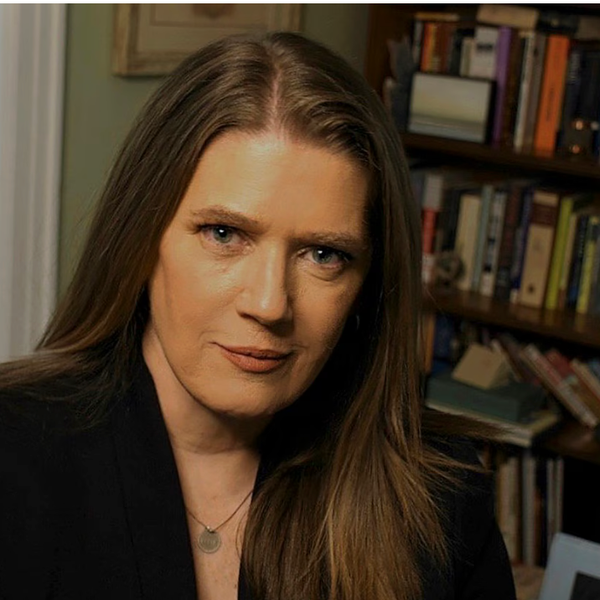
There’s a generational time bomb ticking — and the student debt crisis is the trip wire.
Adults under 35 disproportionately bear the brunt of escalating inequality.
America’s educated youth are graduating into an economy with stagnant wages and a torn safety net. Federal and state budget cuts, meanwhile, have spiked tuition costs and cut public services that aid young workers, such as transportation and affordable housing.
A rumble of legitimate discontent is mounting from the 40 million Americans saddled with student debt totaling $1.16 trillion — a number expected to increase to $2 trillion by 2022. College debt now touches 1 in 5 U.S. households and exceeds total credit card indebtedness.
The most frustrated students are blocking highways over tuition hikes. Others are launching “debt strikes” by refusing to pay the for-profit schools that bilked them.
Many more are defaulting after facing the stressful realization that they can’t find a job that pays enough to repay their debt. Over half of outstanding student loans are presently in deferral, delinquency, or default.
The student debt debacle has huge implications for the future. The average college graduate is now almost $30,000 underwater, with some on the hook for over $100,000.
This debt keeps young people from starting families, buying houses, and taking risks on new businesses. It also exacerbates the growing problem of wealth inequality and declining social mobility, since it gives debt-free graduates from wealthier families an enormous head start over their peers.
Many Baby Boomers without kids in college don’t fully appreciate how the economy is tilted against the rising generation — or how much higher-education financing has changed from previous generations.
Since the 1970s, tuition rates have risen over 1,000 percent, while state funding of universities has declined by 40 percent. And the proportion of young Americans with education debt more than quadrupled, from 5 percent to 22 percent.
The powerful student loan industry lobbied for — and got — draconian laws that penalize student debtors more than people holding mortgages, car loans, or credit cards. Servicers can garnish young graduates’ wages and disability payments to get their due.
And not even bankruptcy can cancel out these loans.
In some states, student debtors who fall into default can lose their professional certifications and even their driver’s licenses. Imagine borrowing money to get a nursing or cosmetology degree, falling behind in your payments, and having your source of livelihood revoked.
It doesn’t have to be this way. Other countries have offered free public higher education for decades.
In the 30 years after World War II, the government expanded access to debt-free college for millions of Americans. These included GI Bill recipients, but also millions of men and women without military service records who attended the great public universities of our land, paying a tuition bill they could afford with only a summer job.
Lawmakers should reverse the cycle of state budget cuts in higher education that shift tuition costs onto students and their cash-strapped families. Some states are considering creating “opportunity trust funds,” capitalized by state estate taxes on the richest 1 percent, to finance debt-free public education.
The national Strike Debt movement calls on Congress to spend an additional $15 billion a year to make public education free. They could accomplish this by cutting out for-profit colleges and the parasitic college loan industry, and by simplifying the existing labyrinth of education subsidies.
The vast majority of college debtors still suffer in isolation, viewing their struggle as a personal problem, not a societal issue. But this is about to change. When college debt borrowers wake up and flex their political muscles, they’ll be a force to be reckoned with.
Photo: thisisbossi via Flickr








